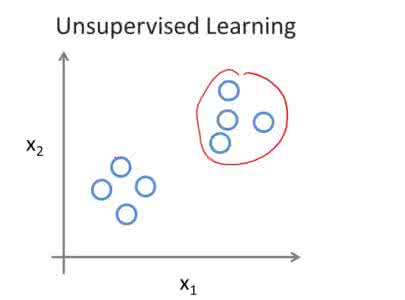Numerous studies in the literature have already shown the potential of biometrics on mobile devices for authentication purposes. However, it has been shown that, the learning processes associated to biometric systems might expose sensitive personal information about the subjects. This study proposes GaitPrivacyON, a novel mobile gait biometrics verification approach that provides accurate authentication results while preserving the sensitive information of the subject. It comprises two modules: i) a convolutional Autoencoder that transforms attributes of the biometric raw data, such as the gender or the activity being performed, into a new privacy-preserving representation; and ii) a mobile gait verification system based on the combination of Convolutional Neural Networks (CNNs) and Recurrent Neural Networks (RNNs) with a Siamese architecture. The main advantage of GaitPrivacyON is that the first module (convolutional Autoencoder) is trained in an unsupervised way, without specifying the sensitive attributes of the subject to protect. The experimental results achieved using two popular databases (MotionSense and MobiAct) suggest the potential of GaitPrivacyON to significantly improve the privacy of the subject while keeping user authentication results higher than 99% Area Under the Curve (AUC). To the best of our knowledge, this is the first mobile gait verification approach that considers privacy-preserving methods trained in an unsupervised way.
翻译:文献中的许多研究已经表明,移动设备的生物鉴别技术对于认证而言具有潜力,但已经表明,与生物鉴别系统有关的学习过程可能会暴露敏感个人信息。本研究提出GaitPrivacyON,这是一个新颖的移动行距生物鉴别核查方法,在保存该主题的敏感信息的同时提供准确的认证结果。它包括两个模块:一)将生物鉴别原始数据(如性别或正在开展的活动)的属性转化成新的隐私保护代表;二)基于动态神经网络和常规神经网络(RNNS)与Siameese结构相结合的移动行距核查系统(GaitPrivacyON),它的主要优点是第一个模块(Convolution Autencoder)以不受监督的方式培训,没有具体说明要保护的主题的敏感属性。使用两个流行数据库(MotionSense和MobiAct)实现的实验结果表明,GaitprivieON与Sian网络(RNNNN)结合,大大改进了我们经过培训的移动隐私,而TAU-CFin认为,这是最高级的机密性域域域域域域域域域域的软件,而认为,这是我们最高级的保密的方法是最佳的机密性。





